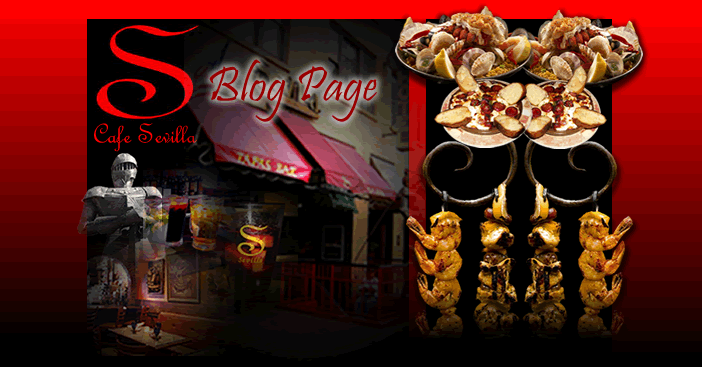 |
| Queso Manchego |
1) It will have been produced in the Spanish region of La Mancha.
Perhaps most know as the setting for Miguel de Cervantes’ classic novel, "Don Quixote," La Mancha is a plateau more than 600 meters above sea level, located just southeast of Madrid, and encompassing the provinces of Toledo, Cuenca, Ciudad Real, and Albacete. The Moors were the first to name this region, and called it “Al Mansha” or “waterless land” due to the predominantly rocky terrain resulting from the harsh and extreme weather that buffets this high plateau.
2) It is made from the milk of the Manchega breed of sheep.
An ancient breed of sheep called Ovis aries ligeriensis was the ancestor of today’s Manchega sheep. This sheep crossed the Pyrenees and wandered through various regions of Spain before eventually settling in the region of La Mancha. The Manchega are well suited to life on the high plateau. The flavors of the native grasses and herbs of La Mancha come through in the milk and are what gives Manchego its classic flavor.
 |
| A popular tapa: Manchego bocadillos |
The maturation and ageing, or affinage, of Manchego has big implications for the flavor. The longer the cheese is aged, the drier and firmer the texture becomes, and the flavors become more pronounced and complex. Manchego is generally sold at four different stages of maturation:
a) Fresco – aged for only a couple of weeks, this cheese is rarely found outside of Spain.
b) Semi-curado – aged for about three months, this cheese is semi-firm and still a bit buttery and mild.
c) Curado – aged for about six months, this cheese is firmer, and has developed more nutty and salty flavors.
d) Viejo – aged for a year or more, this cheese develops more sharp, peppery flavors and is good for grating.
Most Manchegos found in the United States are semi-curado or curado, and pasteurized. Other Manchegos are available, and some may be raw milk (which generally tastes better).
In addition to these three standards, all Manchego cheese is produced through enzymatic coagulation using natural rennet, with a paste that is pressed and uncooked. Each wheel is barrel-shaped, about 5” tall, 8.5” in diameter, and weighing approximately 6 pounds. The rind is marked with a zig-zag pattern that was originally caused by the plaited esparto grass baskets used to mold the curd, but is now reproduced by the molds in which the cheeses are pressed. The milk can be pasteurized or unpasteurized.
Although not officially Queso Manchego, as delineated by the PDO, there are several other cheeses produced in Spain that could provide a similar yet interesting alternative to Manchego:
 |
| Idiazabal |
Roncal: Made in the seven villages of the Valle de Roncal in the Navarre region of Spain, this cheese is made from the unpasteurized milk of the Latxa and Aragonesa breeds of sheep. This cheese is also protected by a PDO.
Idiazabal: Also from the region of Navarre, this cheese is made with unpasteurized milk from the Latxa and Carranzana sheep. It was granted a PDO in 1987, and includes the option of external smoking at the end of the aging process, resulting in a smoky flavor.
La Leyenda: Made in La Mancha, this cheese is essentially a Manchego that has been rubbed with oil, or lard, and fine herbs, then soaked in solera brandy for 4-5 days.
Zamorano: From the region of Zamora, this raw sheep’s milk cheese is similar in flavor to Castellano or Manchego, and also comes in a cylindrical shape with a distinctive zigzag pattern.
Dimitri Saad is the fromager at Casellula Cheese and Wine Cafe and Elsewhere, both in Manhattan.

